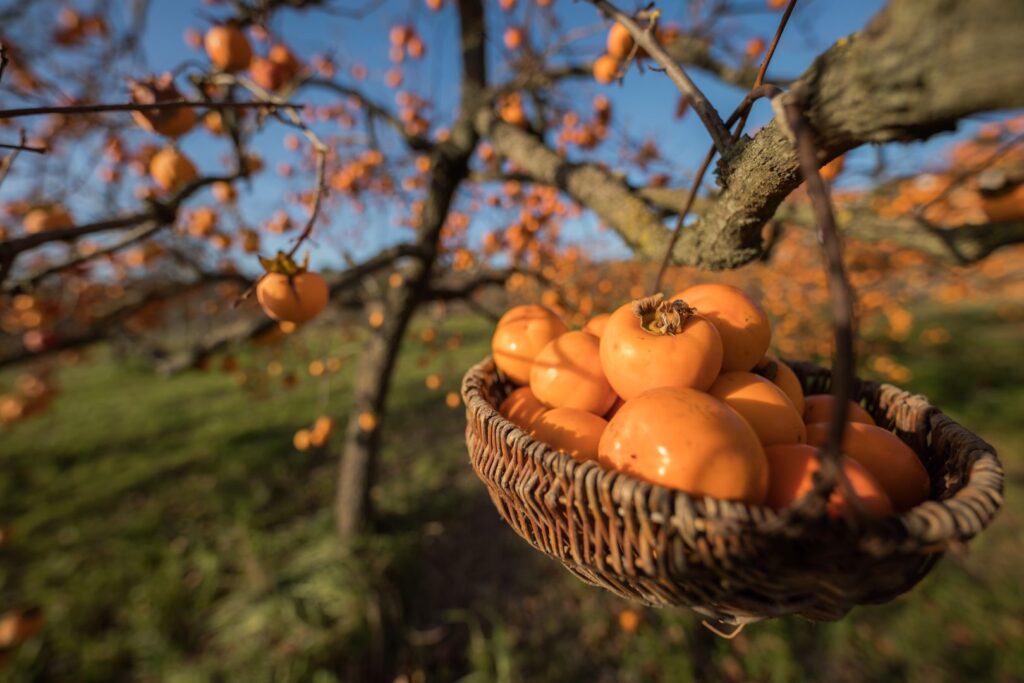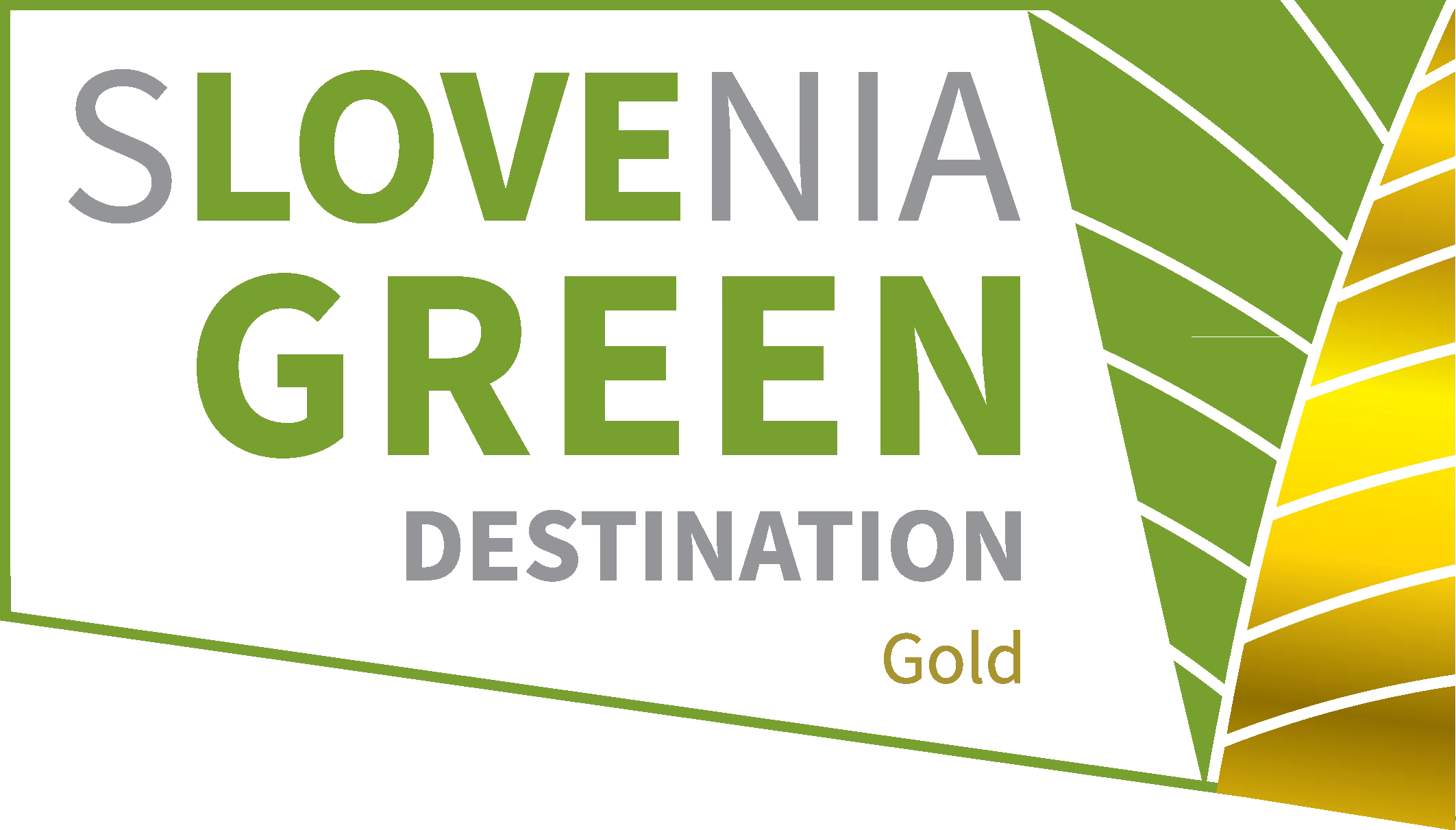Taste the autumn richness of the Istrian persimmon
Did you know that persimmon is also called the golden apple? In Strunjan, where autumn sunsets paint the landscape in the shades of ripe fruit, the Persimmon Festival has been taking place for more than 20 years – a traditional autumn event celebrating this unique fruit and the rich Istrian heritage.
Visitors can enjoy a varied culinary offer with homemade delicacies, a market, workshops on persimmon cultivation and use, as well as guided tours of the Strunjan salt pans and entertaining evening programs. There will also be competitions for the largest persimmon, art exhibitions, and an accordionists’ gathering that creates a truly festive atmosphere.
Join the people of Strunjan in November, where you will discover the magical world of persimmons – a fruit that has delighted for centuries with its sweetness and healing properties – and indulge in autumnal Istrian cuisine and seaside gatherings.
Event
Strunjan, Slovenia

